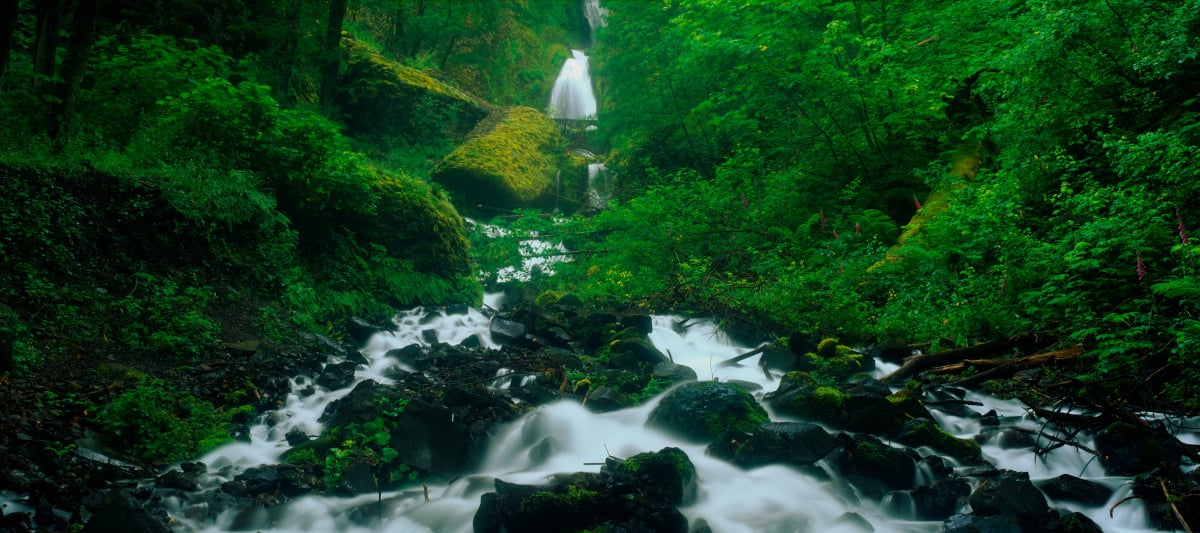- Blog
- biodiversity
- Primary...
Primary forests: a treasure to protect
Mar 18, 2022 | written by: Elisa Lanza
Primary forests are a complex, resilient ecosystem capable of renewing themselves over time. But they can’t escape destruction, and in recent years we have lost over 80 million hectares of primary forests. Protecting the remaining ones is an increasingly urgent imperative.
About 400 million years ago, in the Devonian period, the hitherto bare and rocky land began to cover itself with lush forests, giving rise to the development of terrestrial life as we know it today. Since then these ecosystems have evolved, finding the secret of their resilience in association with other organisms.
Thanks to their symbiotic relationship with mushrooms, trees can create real supply networks allowing them to exploit, in an extraordinary way, the nutrients found in the water and soil. Meanwhile, the bacteria that colonise the interior of the trunk and roots increase the trees’ adaptability, making them resistant to climate change and attack from pests.
Likewise, once the tree grows old, it is often the same fungi and bacteria that bring about its death and decomposition. This perfect cycle has enabled forests to become the most biodiverse terrestrial ecosystem on the planet.
Yet in the last 30 years, more than 420 million hectares of forests have been lost to deforestation and over 80 million belong to ancient primary forests. Their precious mechanisms of natural regeneration – when not completely destroyed – have been altered, thereby upsetting the balance that once made them so resilient.

Among the various causes that have made them disappear and weaken are biological invasions, often caused by the transport of pathogens introduced through the cultivation of alien species. Alongside these there is mismanagement of forests, which prioritises productivity at the expense of species diversity and demographic balance.
All these elements contribute to making these ecosystems much more fragile and susceptible to external disturbances.
In this scenario, while the conservation of primary forests is taking on an even clearer importance, dialogue is opening up on how best to manage the forest resources we still have.
Above all, it seems all the more urgent and necessary to preserve the ancient natural forests that still exist and, no less important, the native populations that have inhabited them for decades without altering their balance. At the same time, it is essential to find a method of managing forest resources that is sustainable both for human growth – the first factor to put pressure on natural ecosystems – and for nature itself.
Just as the organisms that inhabit the forests have adapted over millions of years to coexist and cooperate for mutual sustenance, so too is man now called on to constructively reintegrate into this delicate mechanism.
Sources
https://www.fao.org/
https://pubs.geoscienceworld.org/
https://www.nature.com
https://www.fao.org/

